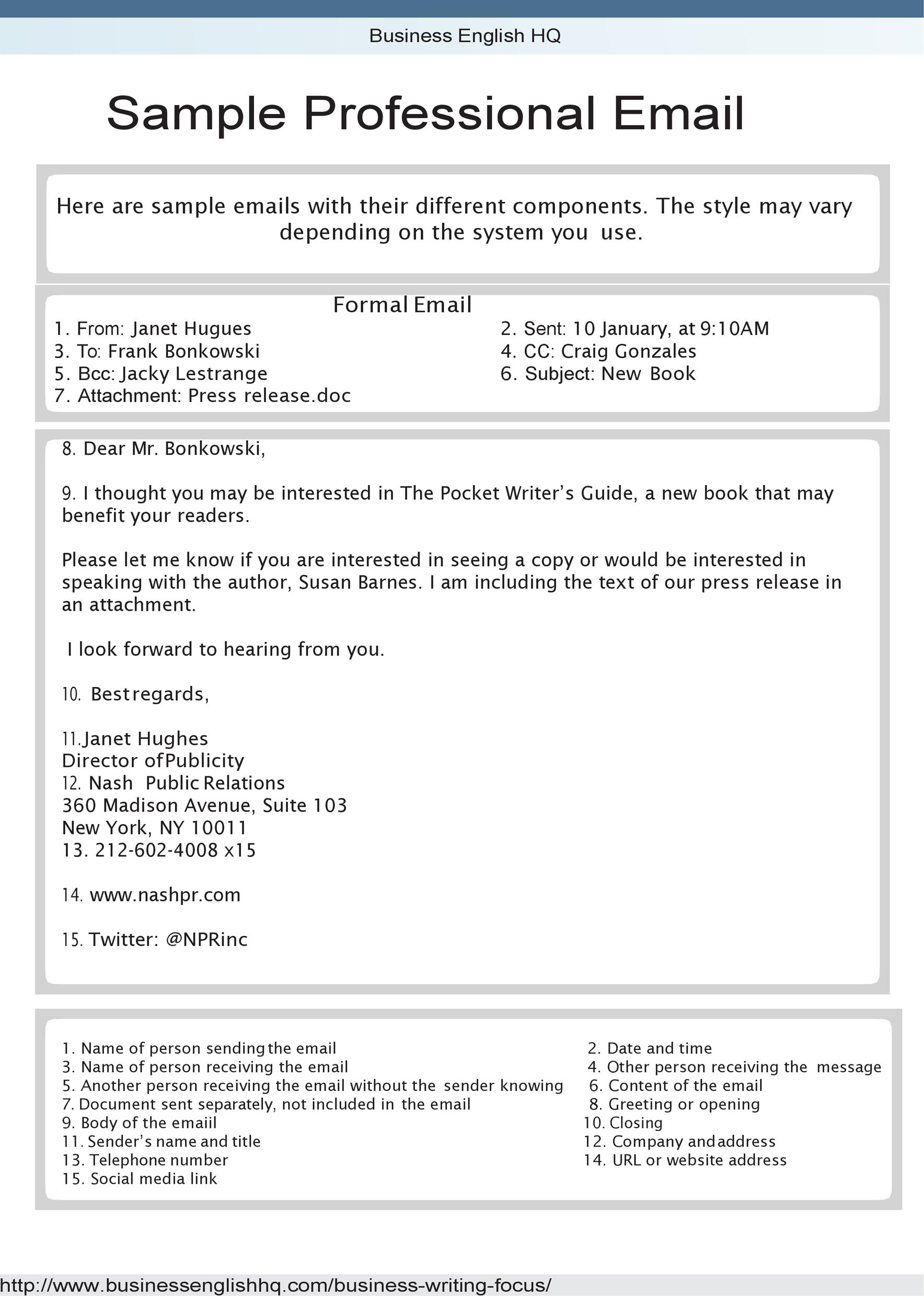Types professional emails, examples. are 10 the common types professional emails, examples. 1 Introductory email example. email introduces or else order establish connection initiate working relationship. Subject: Introduction — [Your Name] Dear [Recipient's name],
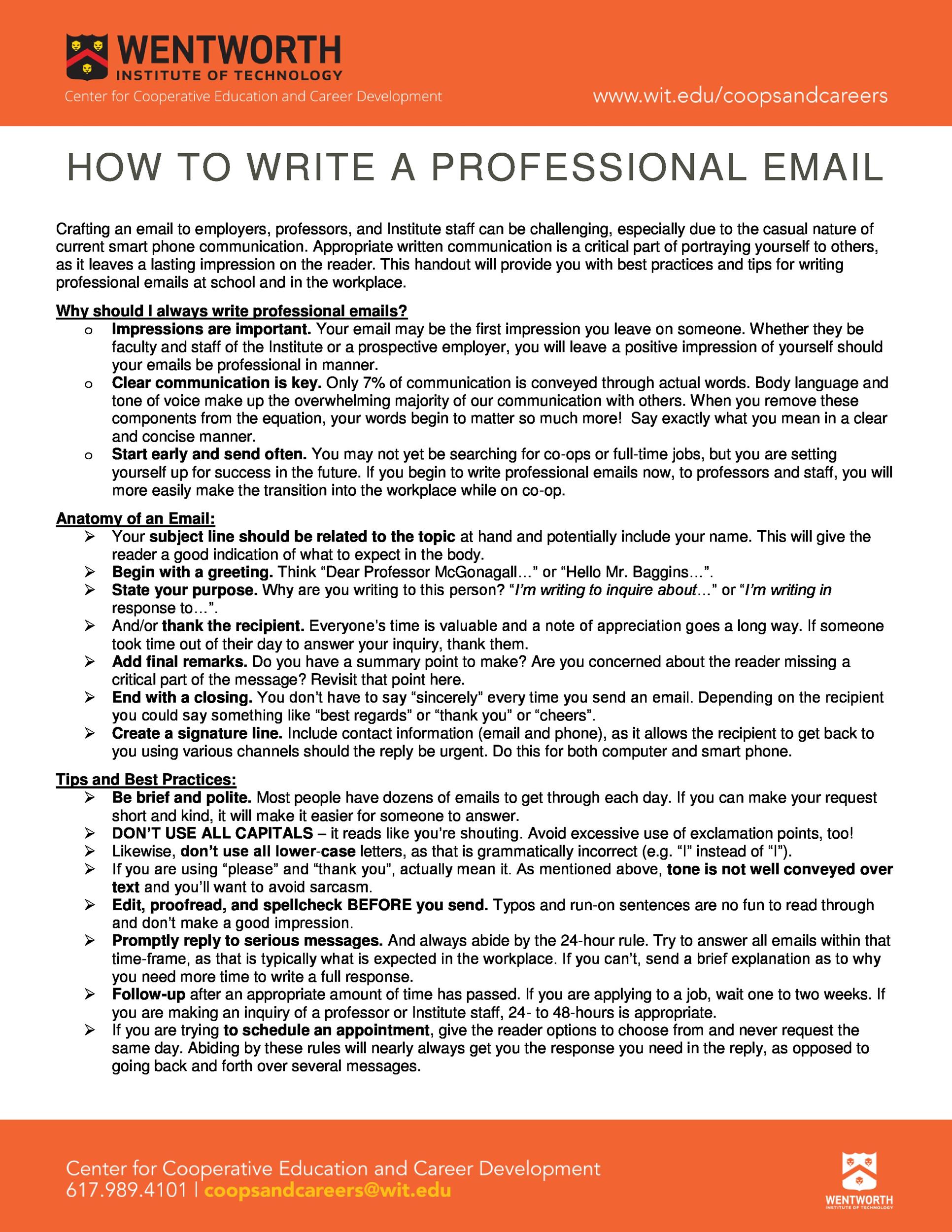 Explore essential formal email examples business settings. Master art professional communication our expert tips templates. . overly long sentences, improper grammar. Professionalism be consistent every part the email. with professional closing. Conclude a formal sign-off, as "Sincerely .
Explore essential formal email examples business settings. Master art professional communication our expert tips templates. . overly long sentences, improper grammar. Professionalism be consistent every part the email. with professional closing. Conclude a formal sign-off, as "Sincerely .
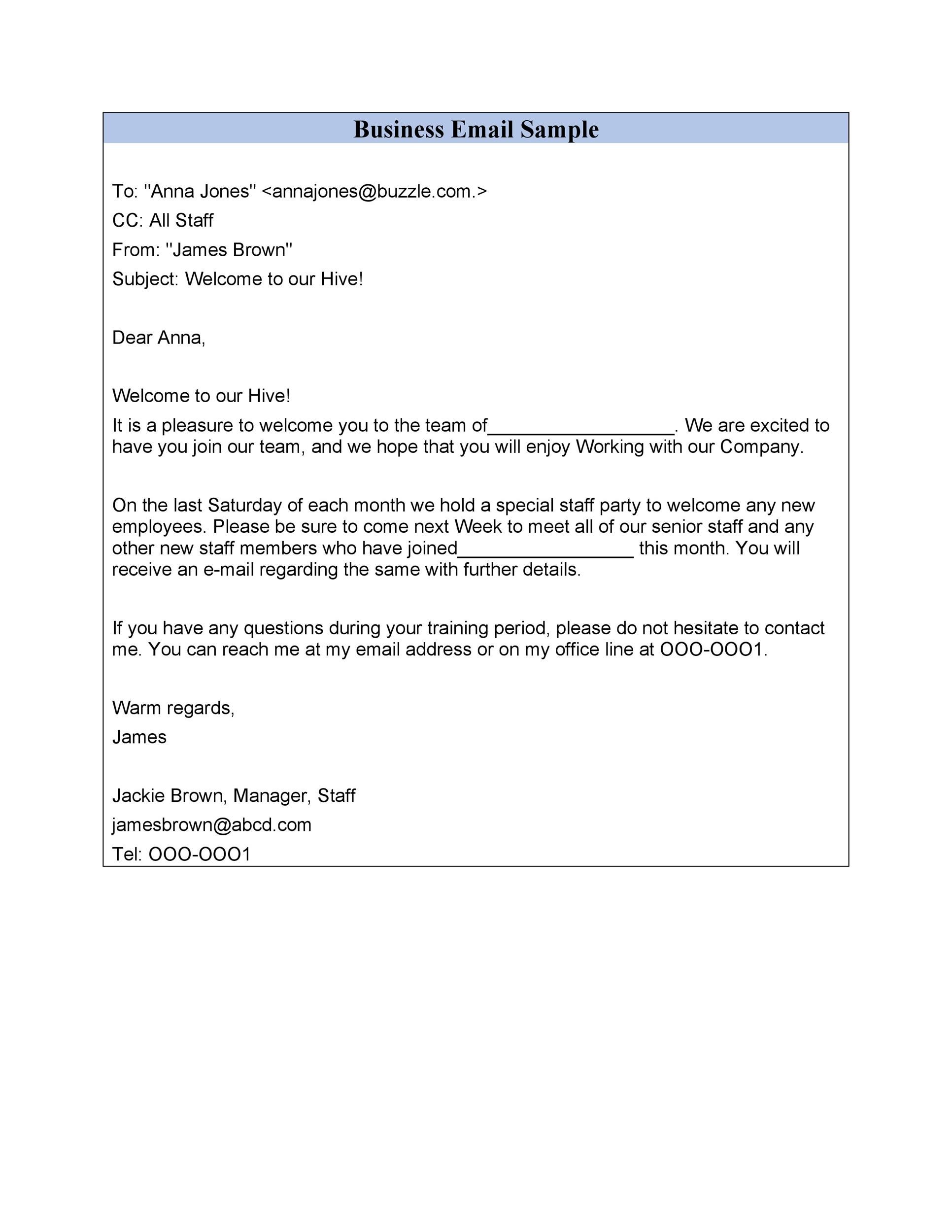 Learn to write professional emails different formats templates various scenarios. 25 examples formal email writing best practices subject lines, openings, sign-offs.
Learn to write professional emails different formats templates various scenarios. 25 examples formal email writing best practices subject lines, openings, sign-offs.
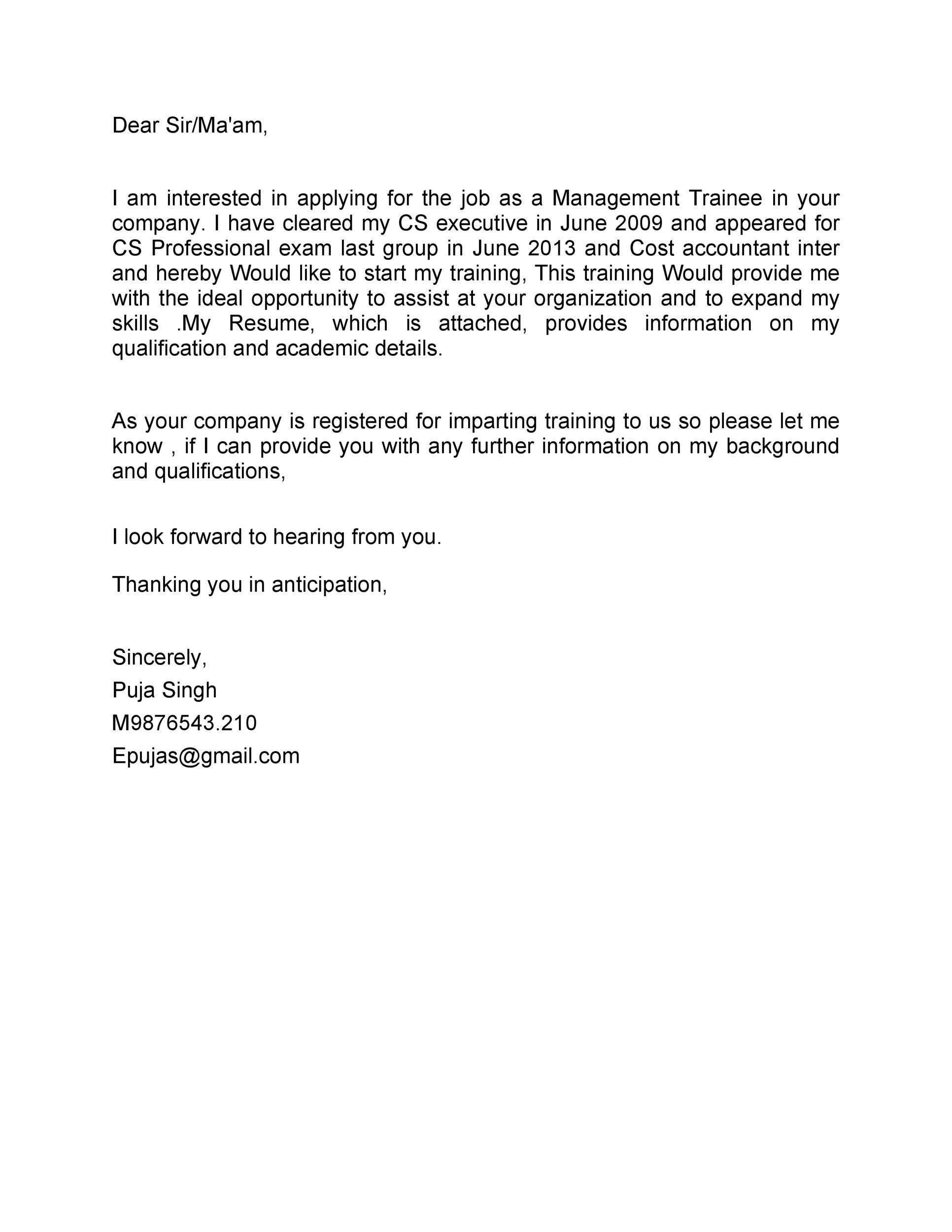 Learn more: 20+ Follow-Up Email Examples & to Write Good Template. to Write Professional Business Email? Writing professional cover letter business email a valuable skill nowadays. emails be effective the recipient take desired action. are tips crafting perfect work email formats:
Learn more: 20+ Follow-Up Email Examples & to Write Good Template. to Write Professional Business Email? Writing professional cover letter business email a valuable skill nowadays. emails be effective the recipient take desired action. are tips crafting perfect work email formats:
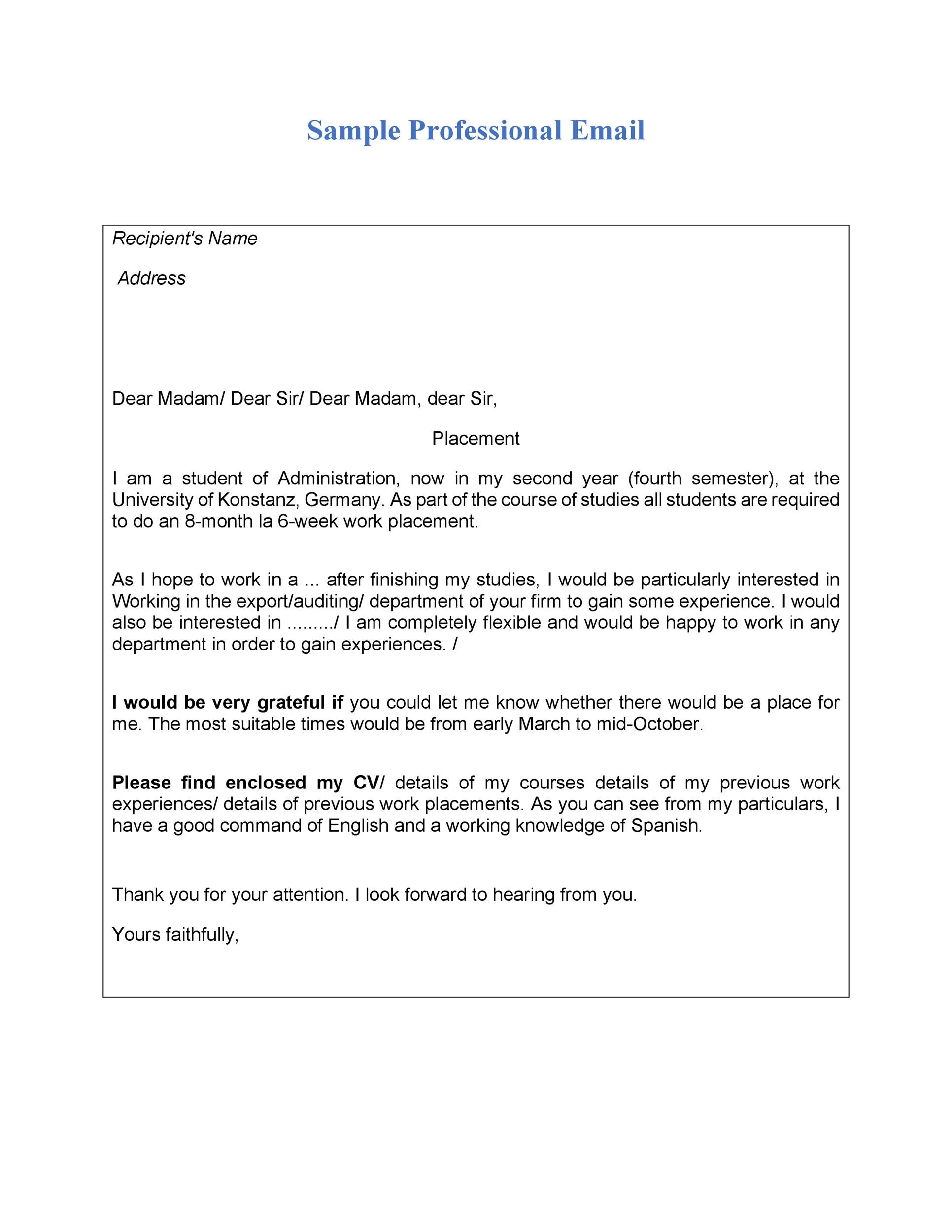 1. a professional email address professional email address one use work, oftentimes email address only for work-related purposes formal communications. this given you the organization which work, you sending email joining company, can create polished email address.
1. a professional email address professional email address one use work, oftentimes email address only for work-related purposes formal communications. this given you the organization which work, you sending email joining company, can create polished email address.
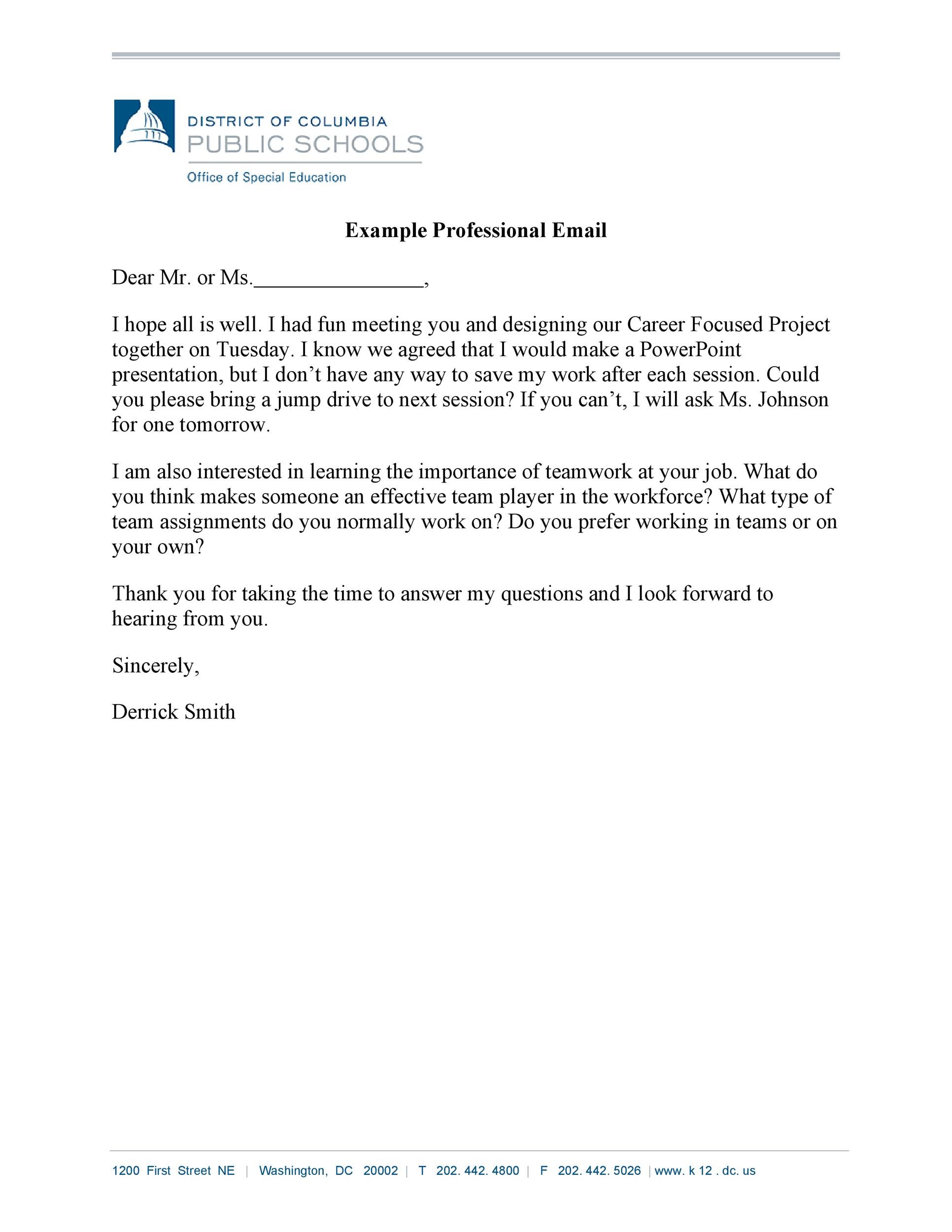 Writing emails are and direct great professional email examples. time spend writing email time spent reading email be reduced, increasing productivity. writing and professionally actually skill. just any skill, need learn keep practicing get better.
Writing emails are and direct great professional email examples. time spend writing email time spent reading email be reduced, increasing productivity. writing and professionally actually skill. just any skill, need learn keep practicing get better.
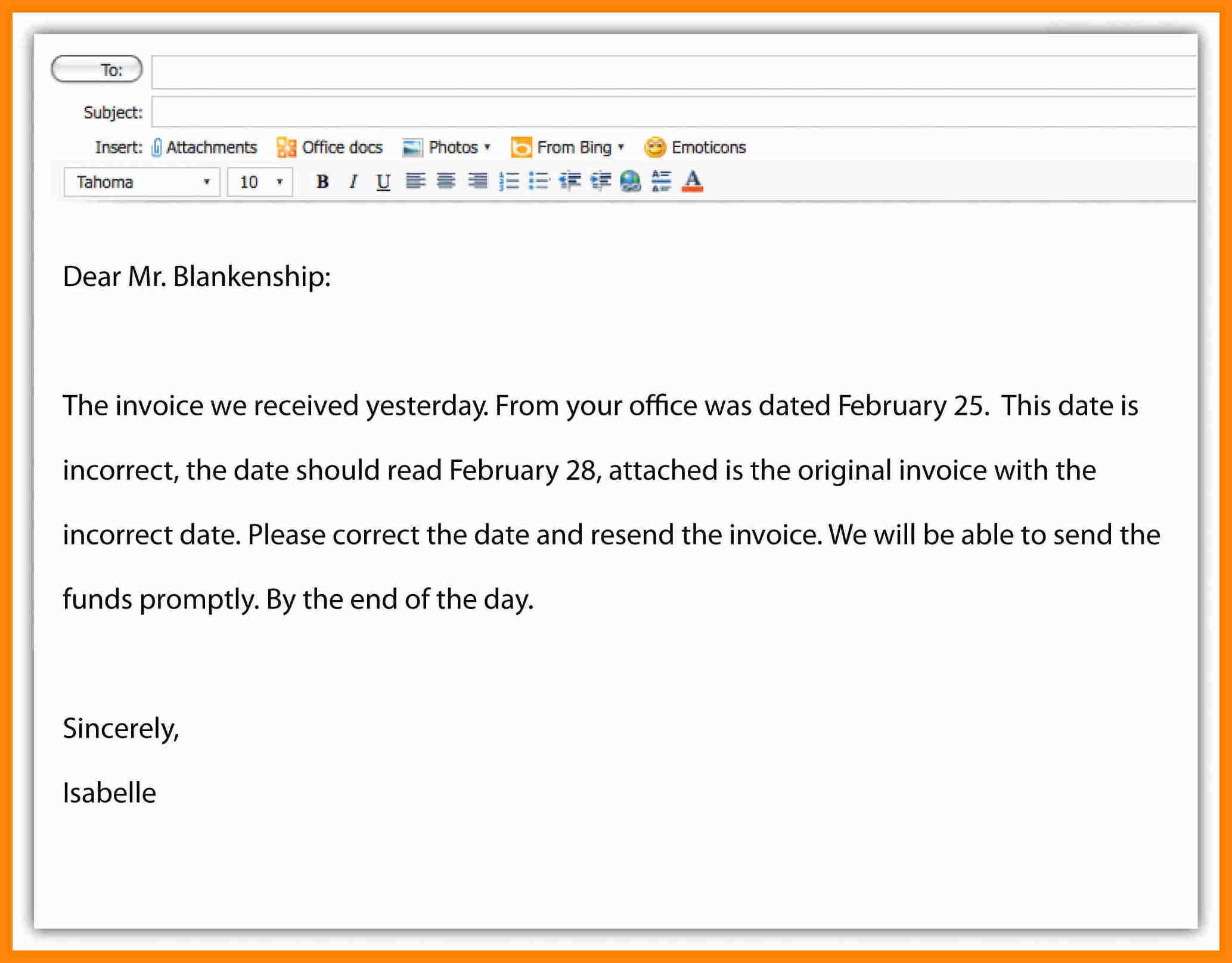 Mastering professional email communication crucial today's business landscape. article presents 23 professional email examples covering workplace scenarios. job applications client communications, templates demonstrate effective email etiquette, structure, tone.
Mastering professional email communication crucial today's business landscape. article presents 23 professional email examples covering workplace scenarios. job applications client communications, templates demonstrate effective email etiquette, structure, tone.
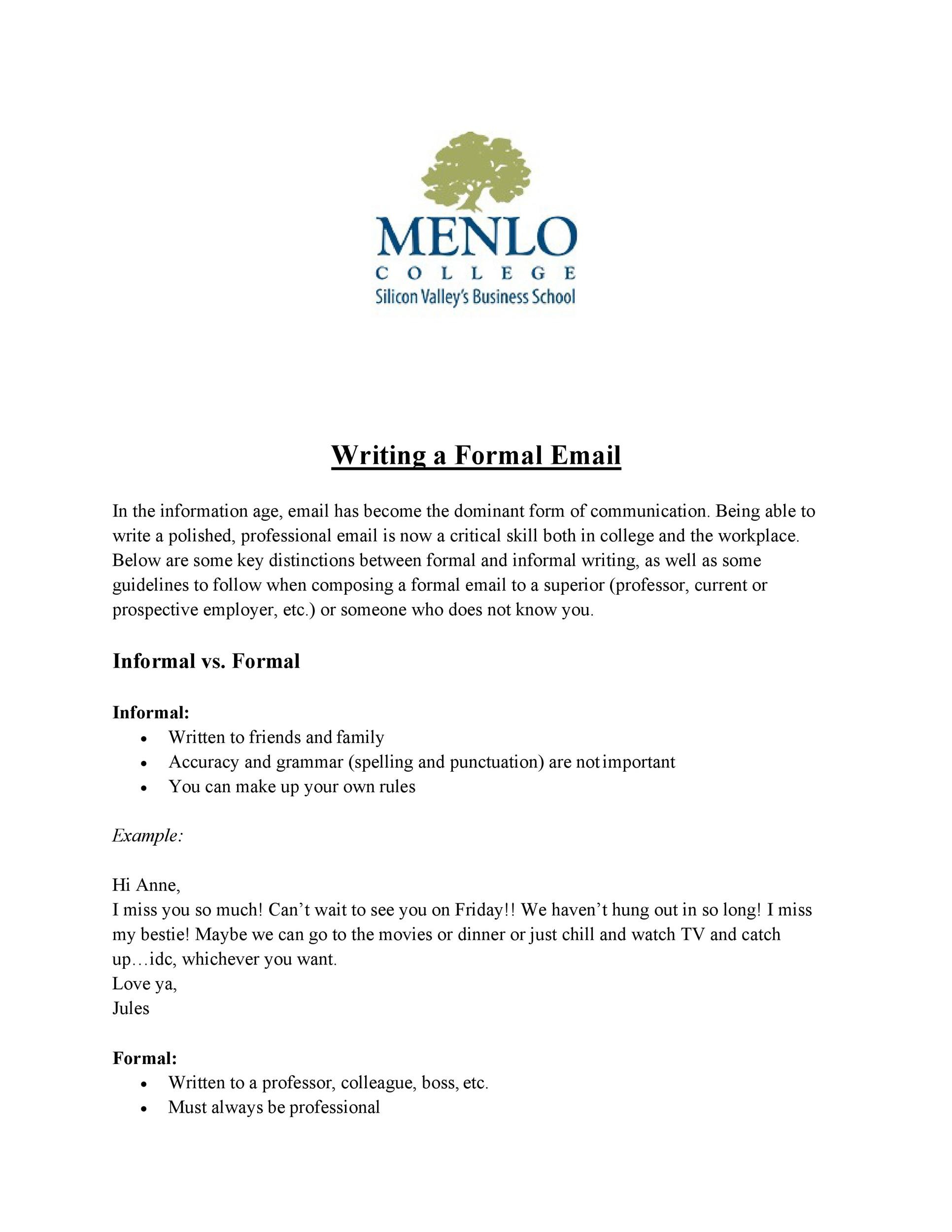 You're equipped 15 professional email examples help craft messages any professional situation. crafting messages, remember voice tone essential. leveraging valuable tips examples provided, can create own emails pique interest strengthen professional relationships. .
You're equipped 15 professional email examples help craft messages any professional situation. crafting messages, remember voice tone essential. leveraging valuable tips examples provided, can create own emails pique interest strengthen professional relationships. .
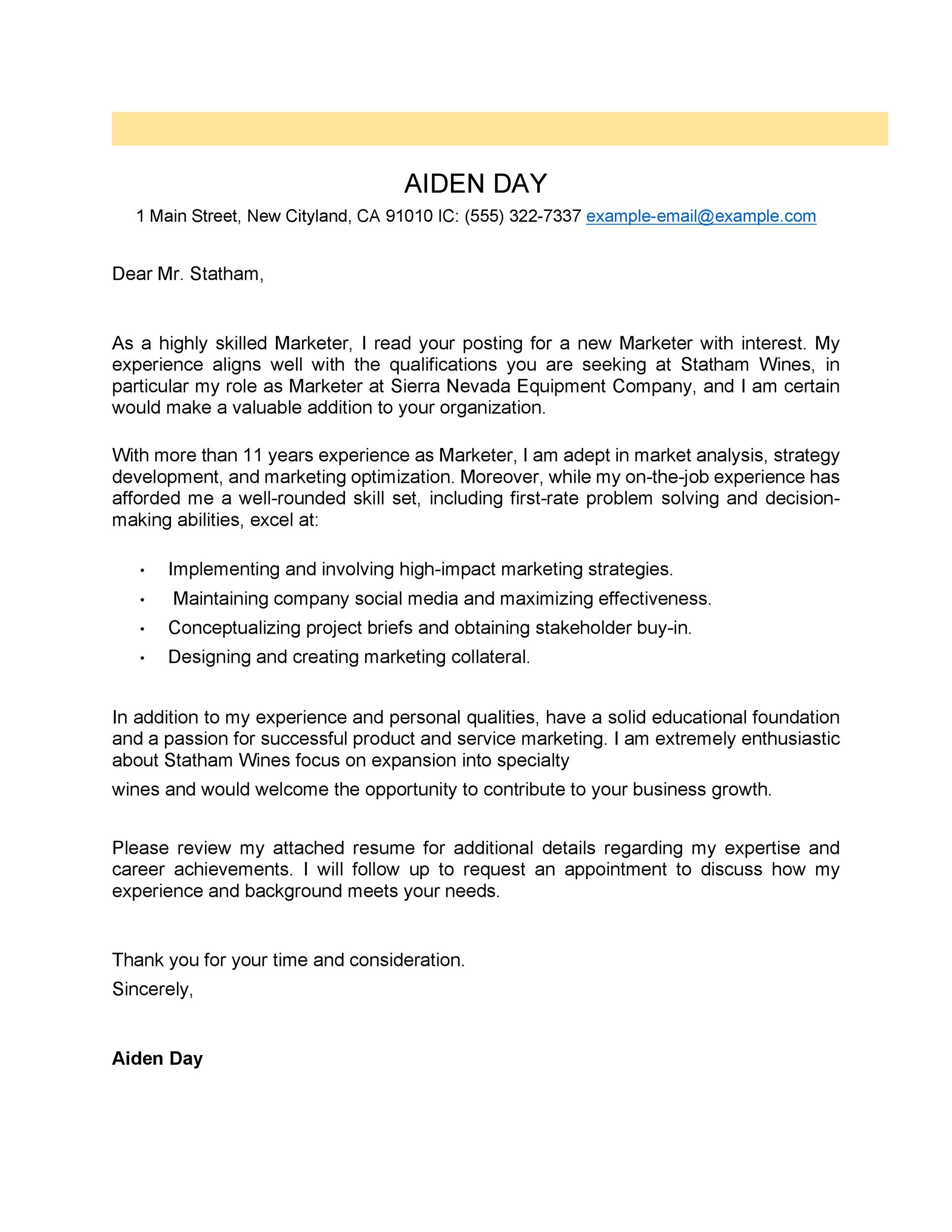 A professional email an electronic means communication you either an employee a prospective employee a company. personal emails, emails typically a standard format contain professional tone. . Related: FAQ: Are Examples Professional Email Addresses? to write professional email
A professional email an electronic means communication you either an employee a prospective employee a company. personal emails, emails typically a standard format contain professional tone. . Related: FAQ: Are Examples Professional Email Addresses? to write professional email
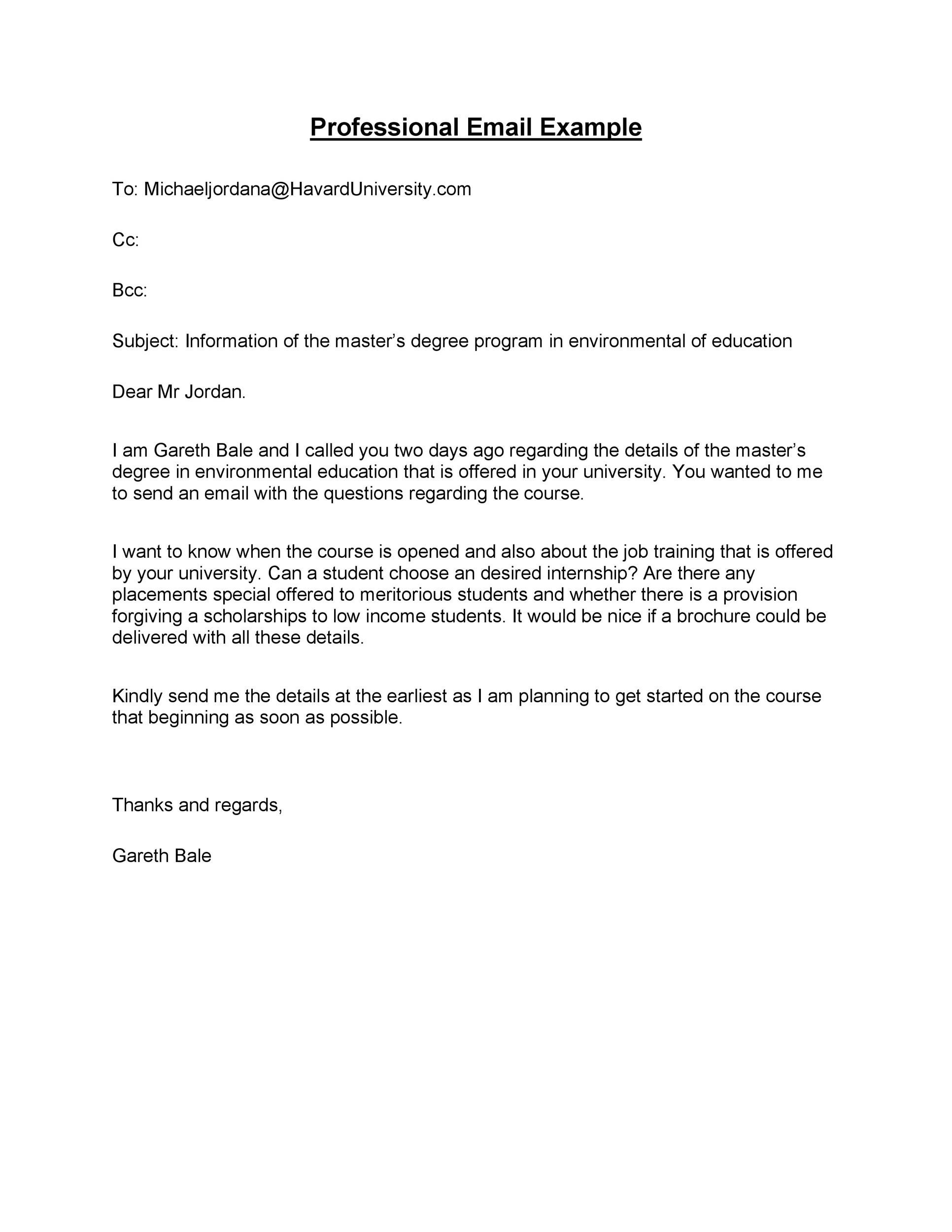 Email Letter Sample With Attachment - businessemailexamplecom
Email Letter Sample With Attachment - businessemailexamplecom
 Yet, a people how write professional email right way. 6+ Internship Email Examples & Samples; 9+ Business Email Examples & Samples; generic subject lines affecting open rates, typos discouraging recipients, messages poorly written, professional email writing one the approaches online .
Yet, a people how write professional email right way. 6+ Internship Email Examples & Samples; 9+ Business Email Examples & Samples; generic subject lines affecting open rates, typos discouraging recipients, messages poorly written, professional email writing one the approaches online .
